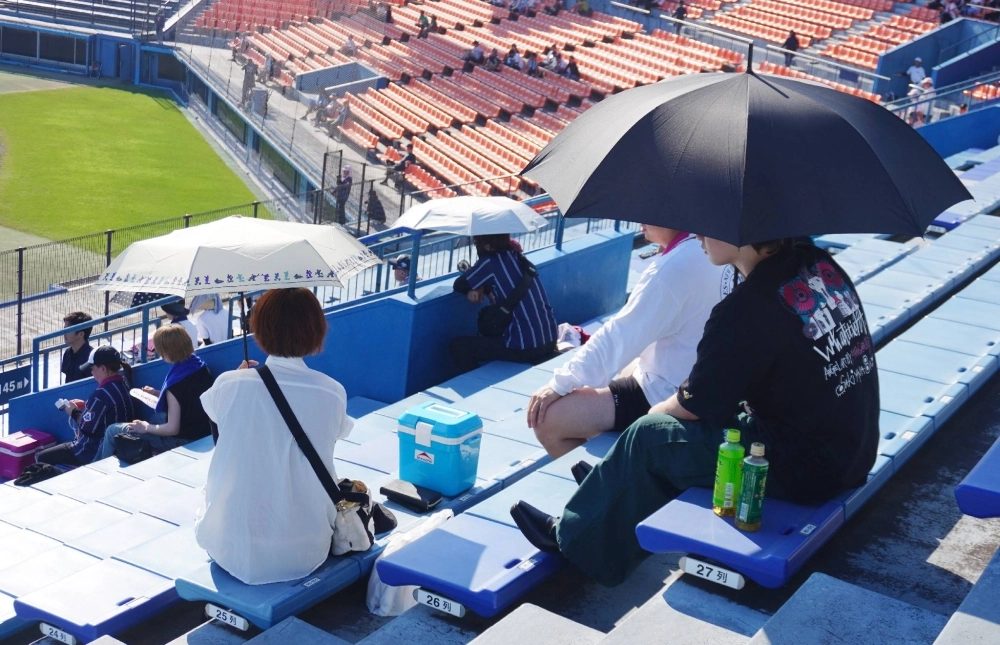As Japan's scorching summer ramps up, patients examined for suspected heatstroke have reportedly been diagnosed with COVID-19 instead, highlighting a surge in the infectious disease just as the nation grapples with rising temperatures.
For 10 consecutive weeks, COVID-19 infections have continued to increase, with the number of patients at about 5,000 medical institutions nationwide standing at 55,072 for the week through July 14, up from 11,086 during the week through May 5.
In addition to the spread of new variants such as KP.3 — which is more transmissible and is less susceptible to antibodies from vaccinations or previous infections — the heat also contributes to weakened immune systems, exacerbating the situation.



















With your current subscription plan you can comment on stories. However, before writing your first comment, please create a display name in the Profile section of your subscriber account page.